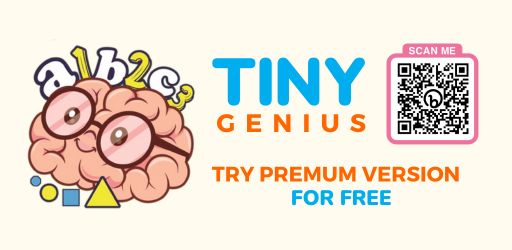How to Teach Addition and Subtraction to Kindergarten:
Addition and subtraction combine to cover a wide and basic part of mathematics. To be able to teach it requires to go through a number of steps. Whether its subtraction or teaching addition to kindergarteners, it can be challenging or time taking and it’s even more of that if one is new to numbers. There are different ways to make him grasp the trick to be able to perform it on his own, you just have to know what’s best for him. Some children show more interest towards doing things mindfully while others demand physical actions to help them learn. Since each one is different from the other, the learning process has to be planned accordingly for each case. Subtraction is usually more time consuming and the teachers have to work over it more than how to teach addition to kindergarten.
Here are some tips to how to teach kids subtraction and addition efficiently.
1) Sharp Number Sense:
You always get things better if you know the core basics of the steps leading it. The basic of how to teach addition and subtraction for kindergarten begins with counting and number sense in children. If they have a strong sense of sequencing and numbers, it will eventually make them better learners. When starting with addition or subtraction, dedicate the first part of the learning process for number sense and sequencing of it. A child should master in what a number represents and counting before beginning further.
2) Teach Addition before Subtraction:
Mostly, both of these topics are taught and learned together. Even though they are interrelated and require the same approach, there’s a difference. Teach subtraction to kindergarten after addition involves techniques that usually a child learns more effortlessly than subtraction. Also, the addition must be known before starting with subtracting numbers to get a better understanding of it.
3) Adopt Fun Activities:
Incorporating fun and gaming activities are extremely helpful in terms of learning. Children are fond of hands on activities or stuff and enjoy learning through it. Instead of doing it on a paper or mindfully, you can decide play activities to begin with it. You don’t have to go out and decide on what to get, use stuff from home and start off. You can try starting with balls of multiple colors, play dough or it could be anything just to keep the environment engaging and maintain interest.

Teach your kids colors with an App!
Learning Colors Ice Cream Shop is an interactive app that will make learning colors for kids fun and entertaining. It contains various color learning activities for kids. To learn color names, kids just have to tap on an ice cream.
4) Introduce Addition Smartly:
Just when you have done with teaching number sense and counting, comes teaching addition to kindergarteners. Starting with a paper and pencil you can initiate by making 3 circles on one side and 1 on the other and tell them if it’s added to the three it becomes a 4. Developing the sense into the minds of children and then start with hands on activities along to clear all the concepts of what they are taking away and make him able to perform better.
5) Practice Subtraction Frequently:
Teaching subtraction to kindergarten is usually tougher than addition. It needs more time, practice and focus to be learnt. The teaching should focus on what is left usually. You can use worksheet for the help, let them cross out the pictures to learn for instance ask him to cross out 2 circles out of 5, how many are left? Children will count the remaining and answer. You can use other ideas, try making them eat candies and ask to tell how much did he ate and what’s left behind.
6) Repeat:
A child might be intelligent enough to learn things quickly but consistency is the key. You have to be consistent with the learning when it comes to math. The learning session doesn’t have to be long as it’s initially, it can be a short verbal or gaming session. It’s not possible that if you start learning something and leave it after doing so initially, you’d expect to perform exactly as good as you did when you started. Practice helps get rid of confusions and makes you confident enough to solve questions no matter how complex. Children will show more interest over things they are told will help them in real life.
7) Abacus:
Abacus is one of the famous methods for teaching kids counting, subtraction, teaching addition to kindergartners and many other math basics. It’s one of the old and successful method in terms of learning. The colorful beads reinforce learning skills and help keep children engaged. It will help a child determine the implementation of learning addition and subtraction.
Addition and subtraction sum up a huge part of math curriculum and links many of the other topics. When you begin with how to teach subtraction to kindergarten or addition, keep in mind that he will carry the concept throughout his life. There are many strategies to make children learn and solve problems. Don’t limit it to the classroom and home but practicing it outside such measures can also lead to better learning. Many activities used to teach addition can be re-applied when teaching subtraction too. Use tools and manipulatives to make them practice and learn better. Use the above activities the way you want. Teach subtraction to kindergarten can provide a clearer version of what kids perceive.
I am text block. Click edit button to change this text. Lorem ipsum dolor sit amet, consectetur adipiscing elit. Ut elit tellus, luctus nec ullamcorper mattis, pulvinar dapibus leo.









